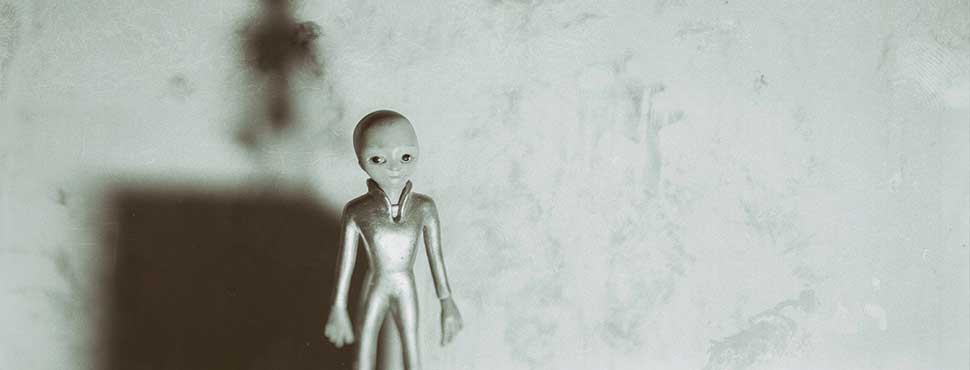Video on Demand. It’s yet another digital medium brands and broadcasters think is fine to use to regurgitate serial TV ads to an audience in a completely different frame of mind from the one that’s watching the gogglebox.
If people have a different mindset, the ad and its platform should reflect this, or it won’t engage, or worse still it will simply annoy.
Channel 4’s new ad format on All 4 video-on-demand (pictured above) enables advertisers to incorporate the viewer’s name into the audio. It’s a step forward that uses the latest tech to create a more personal and relevant experience for digital viewers.
However, there is still a lot more brands and broadcasters can do to increase the effectiveness of their VoD advertising and improve the experience for their audience.
Digital brand advertising has been developing quickly to take on board not only advances in tech, but also, and arguably more importantly, the demands of consumers.
Traditional TV advertising, meanwhile, has stayed pretty much the same to reflect the format. Yet rather than developing ads specifically for digital and the evolving demands of the digital viewer, many brands simply repurpose their TV creative. By doing so they miss a big opportunity to truly engage with consumers online.
Traditional TV assets rarely work for VoD due to different viewer expectations and the greater sophistication of digital devices.
For instance, online ads need to be shorter to keep viewer disruption to a minimum. There has been much debate about the optimum length, but the shorter seems to be the better. Experts now consider five to 10 seconds to be about right to keep viewer disruption to a minimum.
It’s also possible to incorporate interactivity into digital ads using overlays and hotspots, which don’t feature on TV creative. This enables advertisers to get permission from viewers to take them on a brand journey and deliver stronger messages that boost response and conversion rates.
The skippable nature of many VoD ads means traditional TV formats make no impression whatsoever. Creative designed with ad skipping in mind, however, will include a branded element, like a pack shot, at the beginning of the video to ensure viewers at least see the brand.
Arguably one of the biggest issues with current VoD advertising on broadcaster platforms is that there are simply too many ads in each break.
Creative designed with ad skipping in mind, however, will include a branded element, like a pack shot, at the beginning of the video to ensure viewers at least see the brand.
Anyone who has experienced this knows just how annoying it can be. Breaks frequently include pre, mid and post rolls, essentially recreating the TV ad break online, even though VoD is a completely different viewer experience.
A great example of a brand getting it right is the classic Tipp-Ex’s A Hunter Shoots A Bear YouTube ad where the viewer is given the power to change the scenario unfolding on screen within a few seconds of the ad appearing.
From an initial on-screen button offering just two options, the viewer is then given the ability to actually key in any situation they would like to see. In this case, the first options are for a hunter shoot or not shoot a bear emerging from the woods behind him.
Once the viewer has selected an option, they have also opted in to the rest of the video ad which takes them on a wonderful brand journey. The hunter actually refuses to kill the bear, but invites the viewer to suggest any other activities he should do with the animal by simply keying in their request.
This has everything – an engaging narrative, interaction and also gives the viewer control. This was created in 2013, yet still sets a benchmark that few digital ads live up to.
A more recent good example is Asda’s pre-roll video ad promoting its George shoe range. It’s only 15 seconds long and yet manages to both creatively display the shoes ‘in action’ and incorporate a quick purchase mechanism to drive direct sales.
To maximise impact and gain click through, the first 10 seconds of a digital ad – including for VoD – are crucial and should feature:
- An narrative pay-off to engage the viewer
- Early banding (0-2 seconds in) to drive brand recall
- Clear, simple messaging for easy consumption
- Enough story development to entice viewers to keep watching
Yes, Channel 4 is moving in the right direction with its personalised online video ads, but the VoD market still has a long way to go. Much more could be achieved by tailoring ads specifically for digital audiences, for the benefit of brands, viewers and ultimately the broadcasters themselves.
Simon Stone is the commercial director at digital brand agency Collective.
Originally posted Campaign 28 April

